- Tags:
- Ōedo Onsen Monogatari / Onsen / Resort / spa
Related Article
-
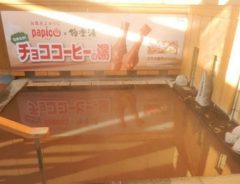
New Japanese Hot Springs Are Scented With Popular Papico Ice Cream Flavors
-

Dogo Onsen: Have a relaxing soak in Japan’s oldest bathhouse
-
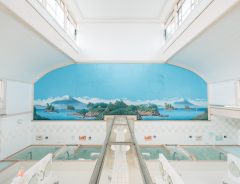
Relax into autumn with famous sentō Kosugiyu’s ‘Autumn Sleep Day’ campaign
-
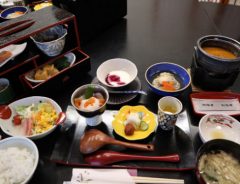
Japan Travels: Onsen Pilgrimage and Health Experience Program in Nikko Kinugawa
-
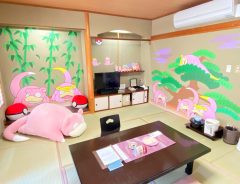
Slowpoke hotel and hot spring rooms, boats, and buses appear in Pokémon takeover of Japanese prefecture
-

Japan’s onsen are famous, but its notenburo are even better!
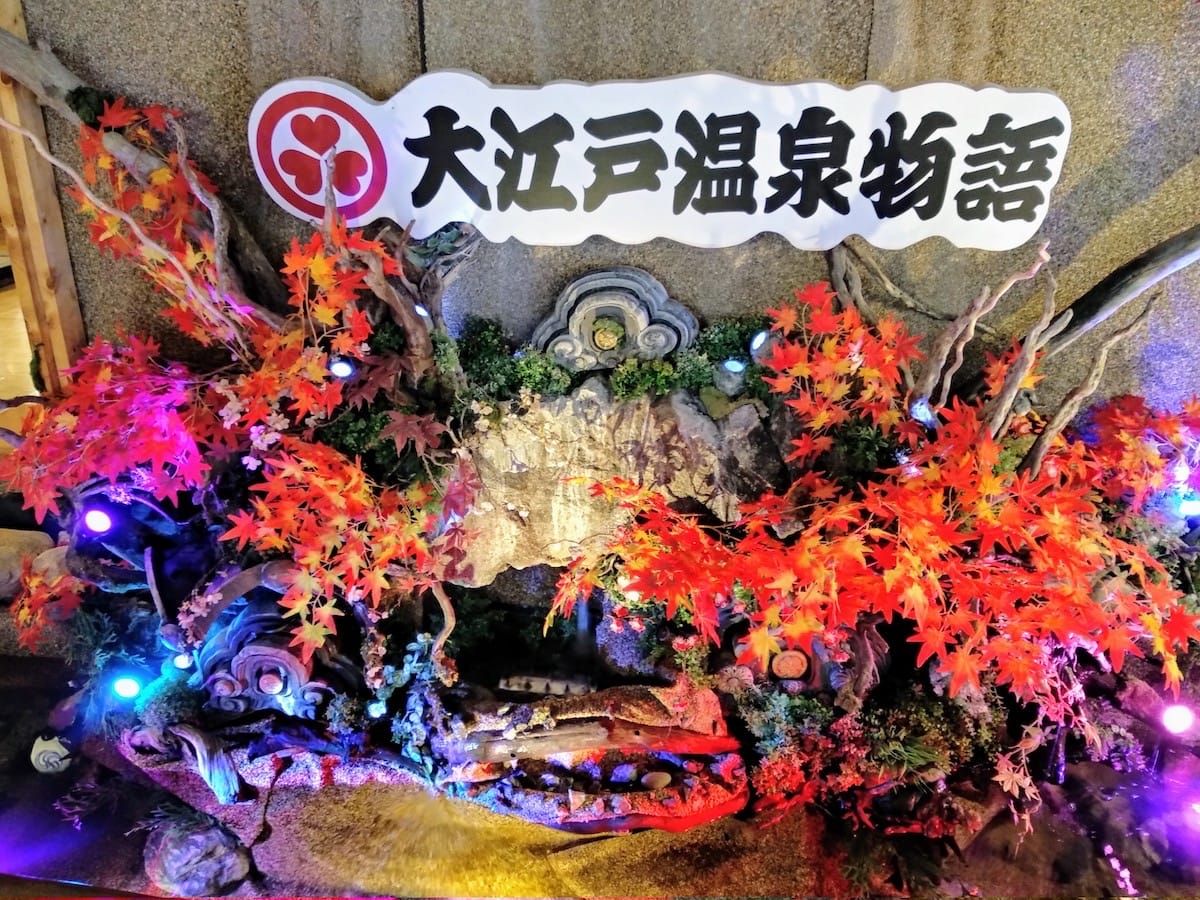


“Take a trip back in time at Ōedo Onsen Monogatari…” That’s certainly what it says on the tin – question is, does Tokyo’s biggest ‘super-sentō’ make good on its promise? Stepping inside, does the visitor really feel that he’s been transported back into the Edo period?
Photo by George Lloyd
The short answer is - no. There are certainly lots of trinkets and baubles to put one in mind of the olden days: lanterns standing sentinel at the approach to the main entrance, black wooden cladding on the shops, red lanterns and sprays of peonies, outsized daruma dolls, and a tatami matted dining hall.
Photo by George Lloyd
But they’re just signifiers, aren’t they? Tokens and trinkets to jog your memory of the pictures of olde worlde Japan you’ve seen in books.
Photo by George Lloyd
To be fair, as dressing up box adventures go, it’s quite fun. When you first arrive, you’re given a yukata and obi waistband, which each comes in three styles. You then make your way to the changing room, change into your yukata, and proceed to the food court – sorry, Edo-era shopping street. This is where you can buy ice cream, a souvenir, or something to eat.
Photo by George Lloyd
If you’ve come with your partner, this is where you part ways: you for the men’s baths and she for the women’s. This is a bit of a disappointment, as in Edo days, mixed bathing was the norm. Time was only called on the custom in order to appease the prudish sensibilities of the first westerners to visit Japan in the mid-nineteenth century, who were outraged to learn that most men and women took baths together, with their neighbours and children.
Photo by George Lloyd
Alas, these days, the baths are segregated. They’re also practically empty mid-week, as fear of the coronavirus seems to be keeping all but the foolhardy young at home watching infection updates on TV.
Photo by George Lloyd
The main bathing room is pretty cavernous, with the usual options of hot water baths, micro-bubble baths, saunas, and cold-water baths. There’s also a large garden area with a serpentine paddling pool and another water tank where, for an additional fee, little "doctor fish" will nibble at your feet. Once you’re feeling suitably relaxed, there’s a tatami matted dining hall where you are free to have a snooze. There’s even a smoking area.
Photo by George Lloyd
Still, my feeling was that anyone wanting to experience an onsen in Tokyo would do better to go to their local sentō. Public baths invariably have more charm than Ōedo Onsen Monogatari, where the baths are dwarfed by the sheer size of the house they sit in, and there are no grunting oyaji with full-body tattoos to marvel at.
The water might be artificially heated at a sentō, rather than come bubbling up from the bowels of the earth, but so what? Your local sentō only costs ¥470, which is a bargain compared to the ¥2700 you have to pay to get into Ōedo Onsen Monogatari. Even factoring in the 36% discount it offers to short term visitors to Japan, that is a tad steep.
Photo by George Lloyd
Fans of this Disneyfied version of an old Edo-era bathhouse might argue that unlike a sentō, you can drink beer with your buddies, or have a mango sorbet with your girlfriend at Ōedo Onsen Monogatari. These are definite pluses. It would be easy to spend a whole afternoon here, which is more than I can say for my local sentō, where the novelty of going from rotenburo to mizuburo and back again wears thin after a couple of hours.
Verdict: Good for the tourists but be warned – a local would only go there because she wants to see her boyfriend in a yukata.